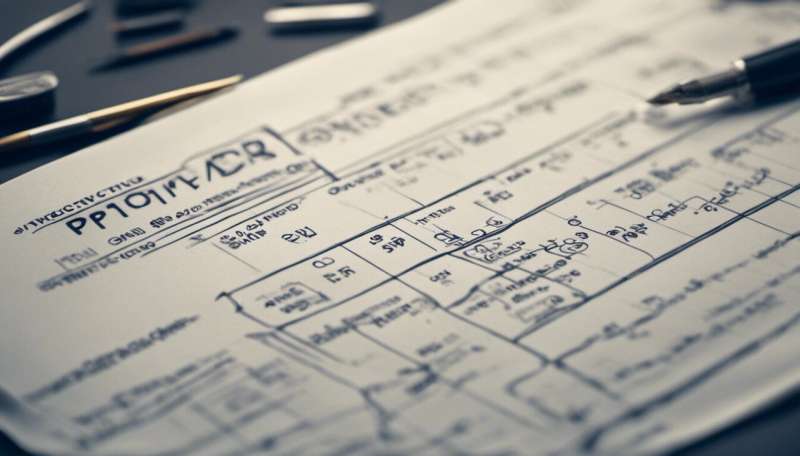This article has been reviewed according to Science X's editorial process and policies. Editors have highlighted the following attributes while ensuring the content's credibility:
fact-checked
trusted source
proofread
Planning tool prepares kidney patients for the next disaster

With nature's events more frequently edging into natural disasters caused by climate change, patients with chronic kidney disease who require regular dialysis increasingly struggle to stay connected to this lifesaving service.
The deepening threat drove Professor Amir Sapkota, chair of the Department of Epidemiology and Biostatistics at the University of Maryland, to co-create a preparedness framework that provides a timeline and steps to protect patients as early as 90 days before a disaster strikes.
"If there's an extreme weather event that wipes out electricity, for normal people, it may mean simple inconvenience," Sapkota said. "But for people that need dialysis, it may mean the difference between life and death. Our traditional approach of simply reacting to these extreme events is not enough. We need a proactive approach so we can anticipate these extreme events, prepare for them, and effectively respond to them when the time comes."
Chronic kidney disease affects more than 850 million people worldwide. In the United States, the most commonly administered form of therapy for affected individuals is thrice-weekly hemodialysis treatment. Climate-change related hazards can block access in multiple ways, including:
- Increasing intensity of hurricanes damages electrical grids, leading to power outages that can interrupt dialysis services at home and in clinics.
- Extreme weather-related high winds, storm surges and flooding can damage treatment facilities and render roads impassable.
- Drought-related wildfires are significant sources of air pollution that disproportionately impact individuals with chronic kidney disease.
- People undergoing hemodialysis are particularly vulnerable to extreme heat events as they cannot increase their fluid intake to stay hydrated the way healthy people do.
The preparedness framework, forthcoming in the March 9 issue of Nature Reviews Nephrology, is based around the "Ready-Set-Go" concept and provides time-period specific action items to help dialysis patients, clinics and the larger kidney community prepare for climate change.
Sapkota said he and co-creator Peter Kotanko, research director at the Renal Research Institute, plan to work with kidney communities and relevant stakeholders to implement these strategies to better prepare for climate change-driven extreme weather events.
The plan covers patients, clinics and the kidney-care community in general, providing clear and practical responses for a full range of disasters—with tips like what documents and contacts patients should always have on hand, how medical facilities can physically get ready, and how the broader community can more effectively secure necessary personnel for various needs, all keyed to a timeline starting months before the disaster.
While not all disasters are discernible on such long timeframes, the researchers say, there are tools available to help plan for extreme weather, among other possible catastrophes. For instance, the National Oceanic and Atmospheric Administration has seasonal and subseasonal forecast systems which release forecasts from a year to weeks in advance, Sapkota said.
"While they can't predict a specific hurricane, they can predict the likelihood of this hurricane season being above or below normal," he said. "Or if a drought is particularly bad right now, then we can start preparing for a wildfire season that may be worse than normal."
More information: Amir Sapkota et al, Climate change-fuelled natural disasters and chronic kidney disease: a call for action, Nature Reviews Nephrology (2023). DOI: 10.1038/s41581-023-00682-4



















